The culinary world has long been embroiled in controversy surrounding monosodium glutamate (MSG), the flavor enhancer synonymous with Asian cuisine. For decades, this humble white powder has been vilified as the culprit behind "Chinese Restaurant Syndrome," despite mounting scientific evidence to the contrary. The rehabilitation of MSG is long overdue, and understanding its safe usage levels in Chinese cooking could revolutionize how we perceive this maligned ingredient.
MSG occurs naturally in many foods we consume daily - tomatoes, parmesan cheese, mushrooms, and even human breast milk contain glutamate. The synthetic version, developed by Japanese scientist Kikunae Ikeda in 1908, simply mimics this natural compound. Modern food science has thoroughly debunked the myth that MSG causes adverse health effects when consumed in normal culinary quantities. Rigorous studies by organizations including the FDA and WHO confirm its safety, placing it in the same category as table salt and baking soda.
Chinese culinary tradition has always prioritized umami, the elusive fifth taste that MSG enhances. Master chefs argue that when used judiciously, MSG doesn't overpower dishes but rather elevates existing flavors much like salt does in Western cooking. The key lies in understanding proper dosage - approximately 0.1% to 0.8% by weight of the total food, varying by dish type. For clear soups, the lower range suffices, while stir-fries might benefit from slightly more.
Nutritionists emphasize that MSG contains about one-third the sodium of table salt, making it a potential ally in sodium reduction strategies. When used to partially replace salt, it can help lower overall sodium intake without sacrificing flavor. This revelation comes at a crucial time as global health organizations push for reduced sodium consumption to combat hypertension and cardiovascular diseases.
The cultural dimension of MSG's demonization reveals uncomfortable truths about how Western perceptions shaped global attitudes toward Asian cuisine. What began as anecdotal reports in the 1960s snowballed into widespread prejudice, despite the lack of scientific basis. This bias persists in marketing, with "No MSG" labels disproportionately appearing on Asian food products while Western processed foods contain similar glutamates under different names.
Contemporary chefs are leading MSG's renaissance, incorporating it openly in their kitchens rather than treating it as some shameful secret. They demonstrate how precise measurements can achieve perfect flavor balance - about 0.5 grams per serving for most applications. This measured approach dispels the outdated notion that Chinese restaurants indiscriminately dump MSG into their woks.
Food historians trace MSG's fall from grace to a perfect storm of cultural misunderstanding, poorly designed early studies, and media sensationalism. The recent rehabilitation follows the same pattern that once redeemed other maligned ingredients like butter and eggs. As consumers become more scientifically literate, they're realizing that MSG, when used properly, is simply another tool in the culinary arsenal - neither magic powder nor toxic substance.
The conversation about MSG safety ultimately reflects broader issues in how we assess food risks. While no substance is completely risk-free (even water can be lethal in extreme quantities), MSG's safety profile compares favorably with many everyday ingredients. Regulatory agencies worldwide agree that moderate consumption poses no health threats to the general population, though individuals with specific sensitivities should exercise caution as they would with any food component.
Moving forward, the culinary world needs balanced education about MSG usage rather than reflexive fearmongering. Cooking schools are beginning to include precise MSG measurement techniques in their curricula, teaching future chefs how to harness its flavor-enhancing properties without overuse. This professional approach mirrors how chefs carefully measure salt, sugar, or any other potent ingredient.
The story of MSG serves as a cautionary tale about how cultural bias can distort scientific understanding. Its rehabilitation in professional kitchens worldwide demonstrates that when we let evidence rather than prejudice guide our culinary practices, we all eat better. As Chinese cuisine continues to gain global appreciation, understanding the proper, safe use of its traditional flavor enhancers becomes not just a matter of taste, but of cultural respect.
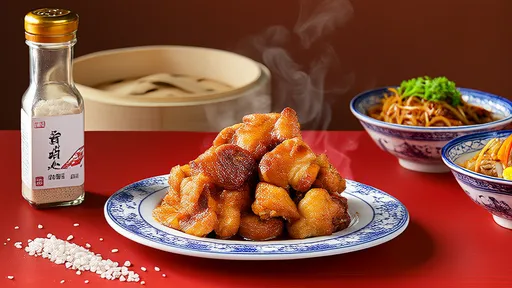
By /Jul 24, 2025
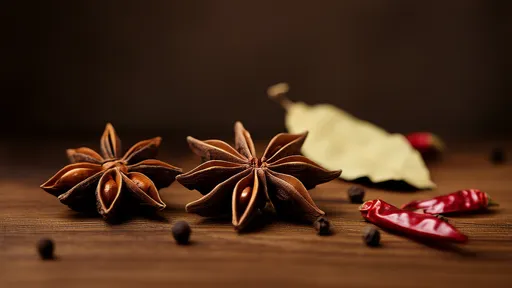
By /Jul 24, 2025

By /Jul 24, 2025
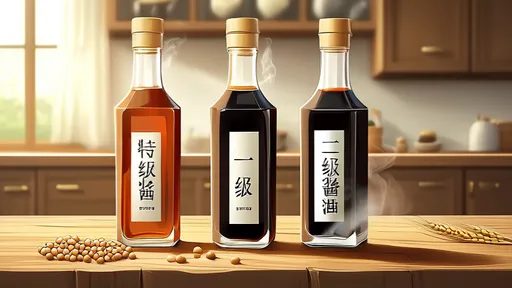
By /Jul 24, 2025
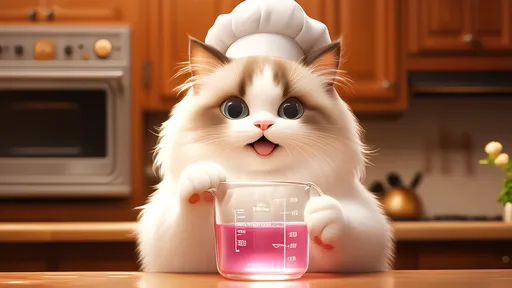
By /Jul 24, 2025

By /Jul 24, 2025

By /Jul 24, 2025

By /Jul 24, 2025

By /Jul 24, 2025

By /Jul 24, 2025
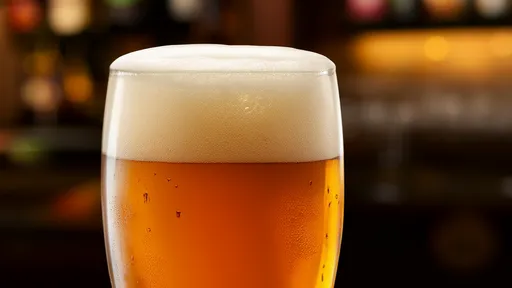
By /Jul 24, 2025
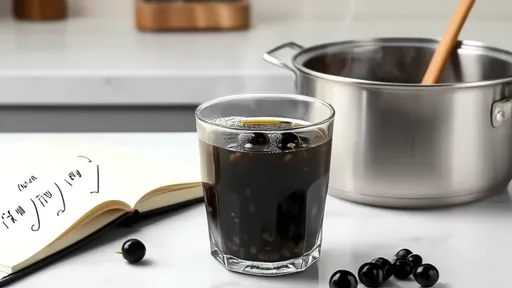
By /Jul 24, 2025
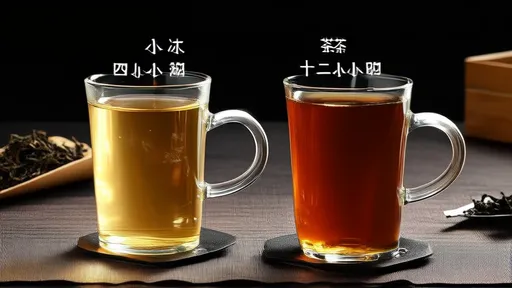
By /Jul 24, 2025
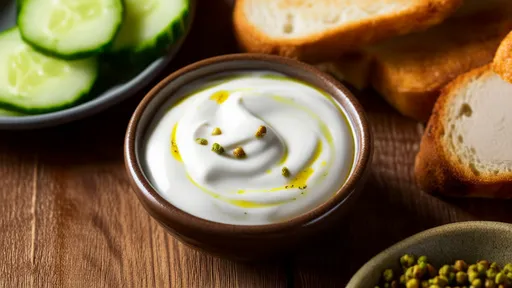
By /Jul 24, 2025
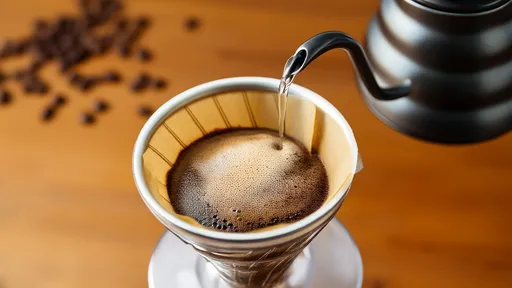
By /Jul 24, 2025

By /Jul 24, 2025

By /Jul 24, 2025

By /Jul 24, 2025